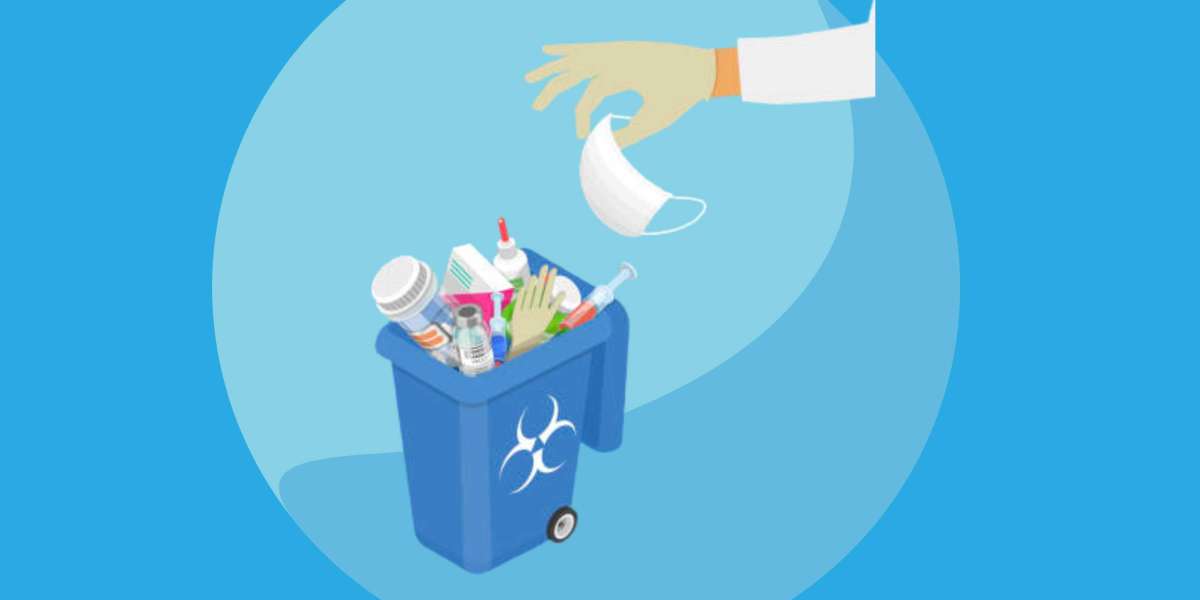In the ever-evolving landscape of healthcare, sustainability is a buzzword that's becoming increasingly crucial. Beyond reducing energy consumption and managing resources efficiently, sustainability also encompasses responsible practices in biohazard waste management. In this blog post, we'll explore the vital role of biohazard waste regulations in healthcare sustainability and how it contributes to the well-being of both patients and the planet.
Defining Biohazard Waste:
Biohazard waste, also known as biomedical waste or infectious waste, refers to materials contaminated with potentially infectious agents. These materials can include used syringes, blood-soaked bandages, cultures, and laboratory specimens. Proper management and disposal of biohazard waste are essential to prevent the spread of infections and protect public health.
The Significance of Biohazard Waste Compliance:
Biohazard waste compliance is not just a regulatory requirement; it plays a pivotal role in healthcare sustainability for several reasons:
Infection Control: Compliance ensures that healthcare-associated infections are minimized, safeguarding patients and healthcare workers.
Environmental Preservation: Proper biohazard waste disposal practices prevent contamination of the environment, including soil, water, and air.
Key Components of Biohazard Waste Compliance:
Segregation: At the source, healthcare facilities must segregate different types of biohazard waste to prevent cross-contamination. Sharps, liquids, and solid biohazard waste should be separated.
Packaging and Labeling: Biohazard waste should be stored in containers that are leak-proof, puncture-resistant, and clearly labeled to indicate their contents and potential hazards.
Storage: Designated storage areas with restricted access are crucial to prevent unauthorized handling and environmental contamination.
Transportation: Specific guidelines and requirements govern the safe transportation of biohazard waste to authorized treatment facilities.
Eco-Friendly Disposal Methods:
Modern biohazard waste disposal methods are designed with both health and sustainability in mind:
Autoclaving: Steam sterilization is an eco-friendly method that renders biohazard waste non-infectious while minimizing environmental impact.
Chemical Treatment: Some biohazard waste can be treated with chemicals to neutralize pathogens before disposal.
Incineration with Energy Recovery: High-temperature incineration can effectively destroy biohazard waste while generating energy, reducing the need for fossil fuels.
Community Engagement:
Engaging with the community and stakeholders is vital to building trust and transparency. Sharing your commitment to biohazard waste compliance and sustainability can enhance your healthcare facility's reputation and demonstrate its dedication to environmental responsibility.
Conclusion:
Biohazard waste compliance is a cornerstone of healthcare sustainability. By adhering to regulations and embracing eco-friendly practices, healthcare facilities can minimize risks, reduce environmental impact, and contribute to a healthier planet for all. Compliance is not just a legal obligation; it's a moral responsibility in the pursuit of a sustainable healthcare system where the well-being of patients and the environment go hand in hand. It's a proactive approach that benefits us all and ensures a safer and greener future for generations to come.













